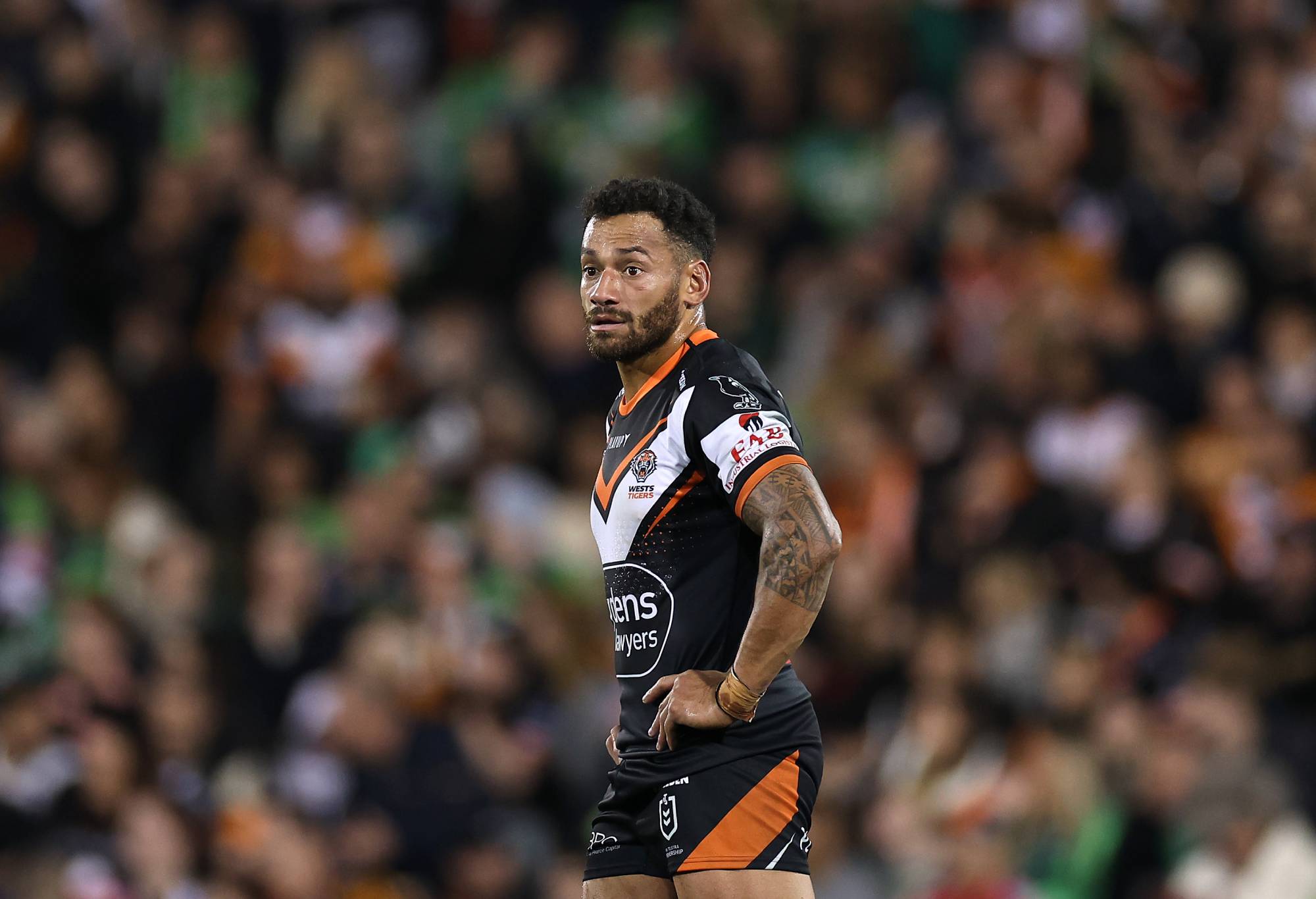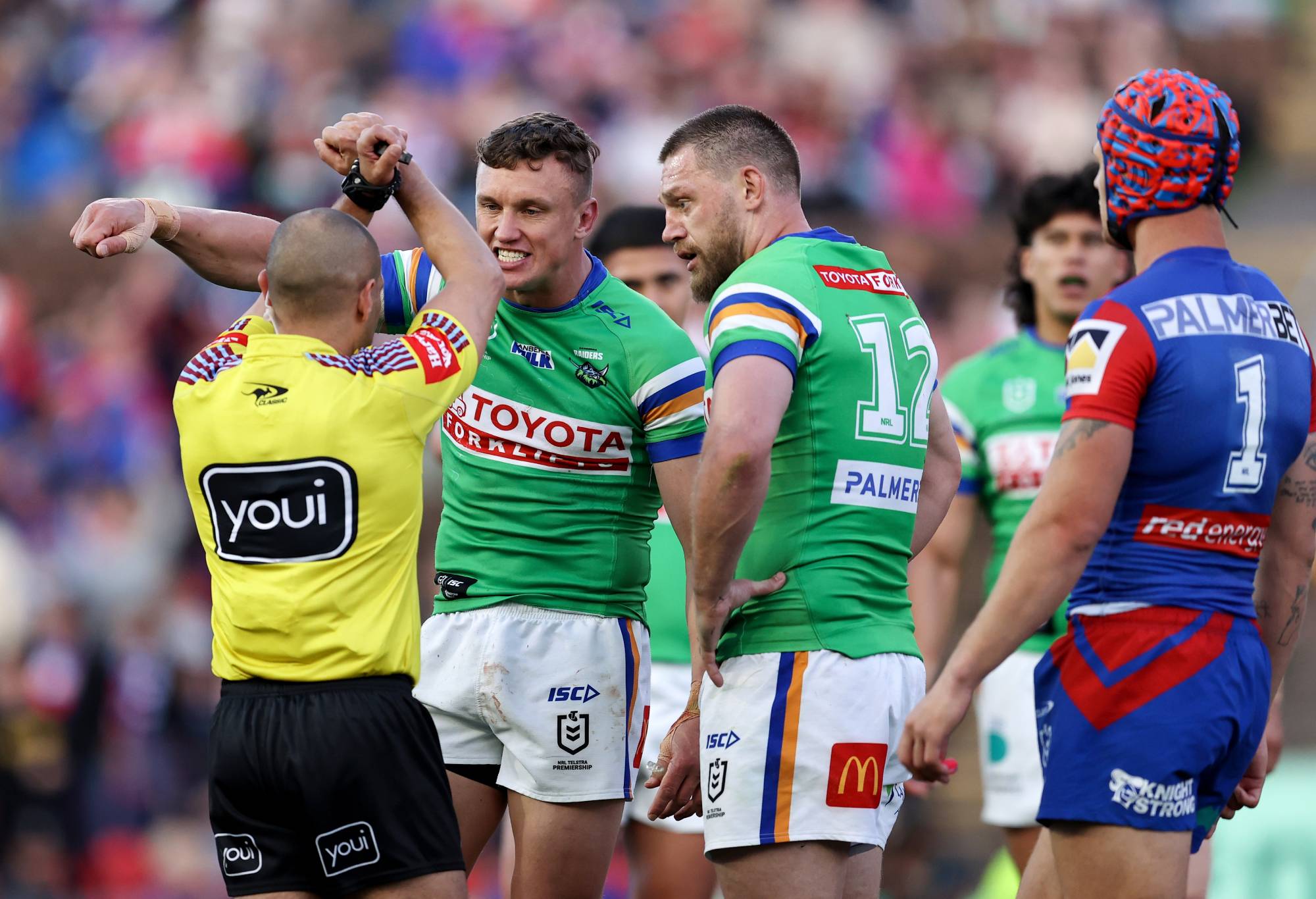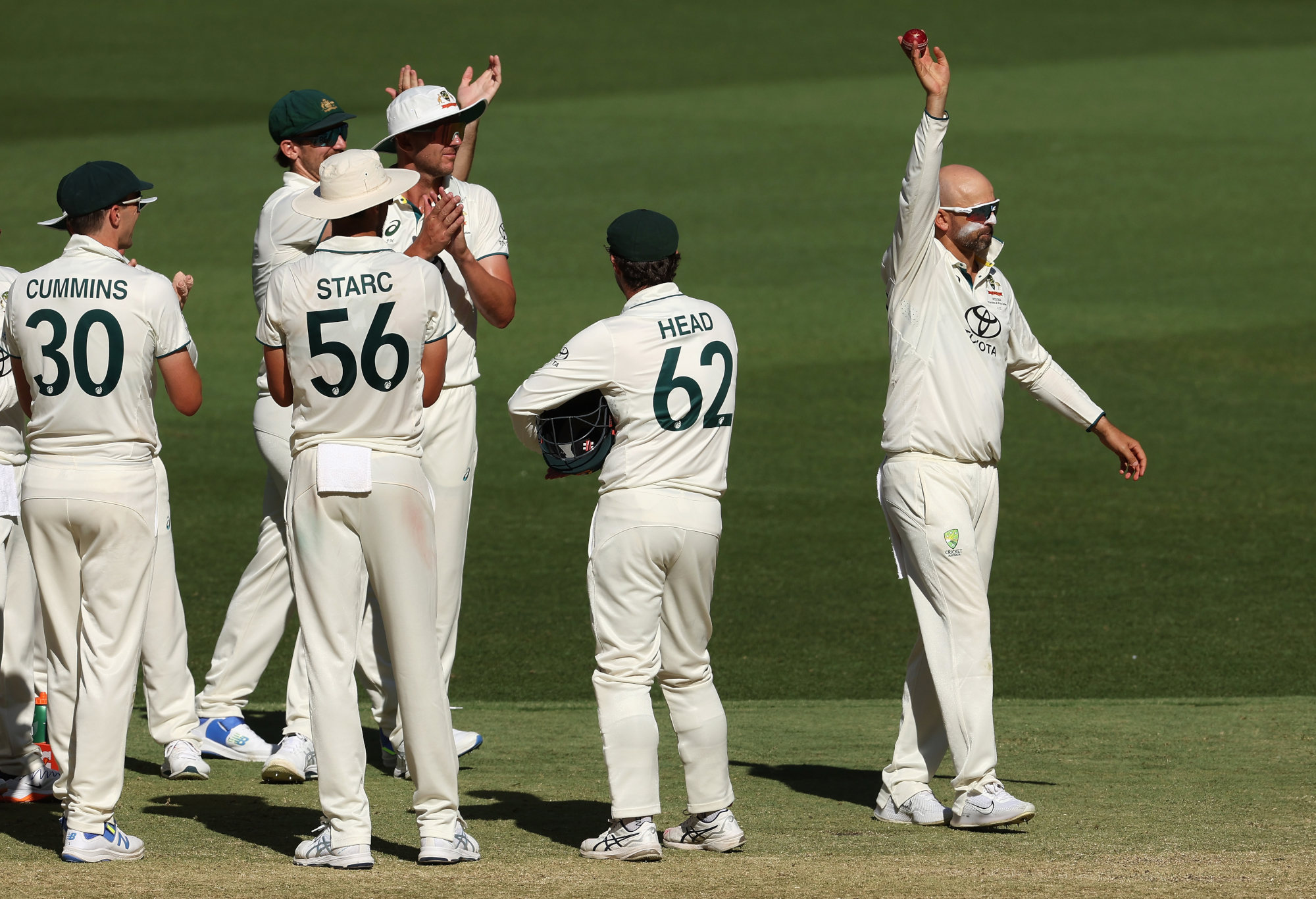Editor
The NRL has a strange relationship with its referees.
Everyone loves chatting about officiating, of course, but that’s all sports everywhere.
In the grand scheme of things, having a small panel that basically everyone knows and nobody thinks are corrupt puts the NRL well ahead of other codes.
It’s worth contemplating at a time in which the Premier League, one of the richest sporting competitions in the world, is considering scrapping Video Assistant Referees after Wolverhampton Wanderers got it put onto the agenda for a league meeting next month.
When VAR was introduced in soccer, the line was that it would rule on ‘clear and obvious errors’, while leaving the rest of the game as was. It is now officiating every aspect of the game, often several times, but slower.
The Bunker does a similar job.
We ask so much of it that it can’t help but be wrong sometimes, just like refs always were, to the point that it’s basically the same as having no Bunker but a lot more expensive and time-consuming.
There’s probably a metaphor in here on the displacement of humans and machines within our society: we blame the Bunker, an abstract uncaring visage, for the same old calls, good or bad, that used to be blamed on people.
When you blame people, you do so knowing that they are flawed and make mistakes.
The Bunker gives the pretence of automation when it is still the human in control. It’s not the Great and Powerful Oz: it’s just a person behind a curtain.
The central complaint of the football supporter about VAR is that it kills the moment.
Sometimes it works in your favour and sometimes it doesn’t – just like the old referee – but it was always in your head. A goal that went in could not be celebrated until long afterwards.

(Oli Scarff / AFP)
Few Leeds United fans were happy to be relegated from the EPL to the second tier Championship, but plenty mentioned the silver lining that they could cheer goals again without thinking they were about to be chalked off after a lengthy review that nobody in the stadium could see.
Speaking to a top coach recently, The Roar had much the same discussion around watching the NSW Cup: you get some calls, you lose others, you get over it.
Nobody who watches Newtown or Norths Devils thinks their experience would be improved by the Bunker.
It’s hard to work out what the average footy punter’s complaint is.
The Bunker is either overly intrusive, interfering too much in the fabric of the game, or it’s missing basic errors and should be called upon more – forward passes, for example – to sort out minor slights.
Think of the Api Koroisau try that wasn’t, where the Bunker ruled on separation between hand and ball, or the Philip Sami try that was a week later, where even the Titans winger didn’t think he’d kept his hand on the footy but was given the try anyway.
The was Jesse Bromwich’s high tackle on Tom Trbojevic last week, the merest of slaps identified on video, or Taylan May’s kamikaze head clash with Reece Walsh that left a superstar sidelined but went unpunished.

(Photo by Cameron Spencer/Getty Images)
We could list inconsistencies all day, but one thing links all four incidents and speaks to a wider point: none were the Bunker’s fault.
Yes, the Bunker made the decision, but all four were taken within the context of the rules.
Turbo won his penalty because he challenged the call – the referee on field had given a knock on against Manly – and he was connected by an arm in the face, which is against the rules. The Bunker merely enacted what they had been told to enact.
May wasn’t marched for his collision with Walsh because he didn’t do anything sufficient, under the rules, for the Bunker to do so.
In Super League he would have been sent off, but under NRL rules, that tackle is fine. Again, the Bunker just did what it is meant to do.
The two conflicting putdowns spoke to another issue that is largely beyond the control of the video: consistency.
Ultimately the Bunker is still someone watching the game and making decisions about it, which inevitably means an element of inconsistency.
The mind is drawn to the words of legendary boxing promotor Mickey Duff, who once opined that anyone looking for loyalty in the sport should get a dog.
Anyone wanting consistency in rugby league should get a kelpie – at least they always bring the ball back – but they might as well get a unicorn, because consistency doesn’t, and won’t, and can’t exist.

Jack Wighton is placed on report by referee Ashley Klein. (Photo by Brendon Thorne/Getty Images)
There’s two strands that should form any debate on the Bunker, or on video refereeing in any sport.
One is technical. What can the tech do? When can it do it? Where is it useful?
The other is philosophical. What do we want from it? Who does it benefit? For whom is it intended?
Some sports play it very conservatively.
Cricket and tennis, for example, are big on the black and white, right and wrong interpretations that can be empowered by the technical aspect.
The tracking data can tell you with decent confidence that the ball is hitting the stumps or that it is inside the service box. The video can confirm whether the ball hit the boundary rope before the fielder.
Philosophically, they’ve also subcontracted decision-making to the players, with most interventions coming via challenges.
It fundamentally changes who the technology is for, placing the emphasis on participants to use it rather than on officials to refer to it in their process.
Soccer has such a variance of use that it’s hard to say that it has one methodology, but In general it plays a little fast and loose with tech intervention.
The cut-and-dried elements were largely sorted – goalline tech that can instantly say whether ball crossed the goalline, for example – but the nuances are constantly debated.

Nathan Lyon celebrates taking his 500th Test wicket. (Photo by Paul Kane/Getty Images)
Some competitions have semi-automated offsides, which work in the same way to the goalline technology, but others, notably the Premier League, don’t, meaning that it takes an age to work anything out and fans are left wondering in the stadium.
Then all the finickity bits around handballs, penalties, red cards and more involve someone making a decision, a panel in the VAR room making it again, then the first person getting a chance to review. It compounds subjectivity.
With fouls, in particular, they see it at full speed then again in freeze frame, which invariably makes anything that occurred quickly look worse.
That speed is then used to make decisions around intent, recklessness, degrees of control and levels of contact.
You see red cards for tackles that have no intent and little danger because they miss their mark by half a centimetre. Prior to VAR, nobody would have batted an eyelid.
You see players actively attempt to get fouled in the penalty area by leaving legs hanging in space they know an opponent will move into, confident that the VAR will see it as a foul and not the sort of coming-together that happens all the time all over the field without issue.
Rugby league has much more in common with soccer. We ask our officials to make a call, but then ask someone else to make a second.
On some aspects, such as feet in touch or dead ball lines, we’re happy to use the video without much controversy.
On these calls, it’s rare to see any Bunker criticism, even though ditching the video assistance would lead to a huge upswing in totally avoidable errors instantly.
But on others, we ask for the tiniest interventions and the most subjective decision marking, re-refereeing the game in real time.

Daly Cherry-Evans. (Photo by Cameron Spencer/Getty Images)
The Captain’s Challenge is a good addition in that it does move the onus onto players for some calls, but for the most vital, foul play and tries, it is still the purview of the official who has seen it or, as if often the case, not seen anything at all.
High tackles and hip drops tend to go the way of the sliding tackle in football, where we see someone elsewhere make the decision in ultra slo-mo and then tell the ref to implement it.
If we could pare the Bunker down to Captain’s Challenges and clear and obvious errors – touchline decisions, for example, or egregious mistakes – we might empower the players to own their decision making and, whisper it quietly, get the referees to be more proactive in theirs.
Currently, if you’re a ref, you’re better off not calling a high shot or hip drop and instead waiting to subcontract that call elsewhere.

Aidan Sezer is placed on report by referee Kasey Badger. (Photo by Brendon Thorne/Getty Images)
If you’re a player, the same goes: watch a game and count how many times a player gets up gingerly to give the Bunker time to make a call.
What if we just told the refs to award the penalty as they saw it, then get the video to check it for horrendous errors?
Better still, what if players got three challenges rather than one and could use them at their discretion? Instead of moaning to the ref about a hip drop, they could just put their hand up and bid for it.
The mood against all of this is changing.
Alongside Wolves’ bid to get the technology booted, Swedish football has rejected it outright, with their Allsvenskan top division the highest ranked league in the world without VAR.
Notably, their clubs are mostly owned by the supporters, who have consistently resisted the introduction of tech.
In Germany, where most football clubs are owned by the fans, almost every VAR decision – for or against their club – is met by banners from the hardcore fans that read ‘Videobeweis abschaffen’ – Abolish VAR.
It’s not that the NRL should necessarily get rid of the Bunker, but they should at least be realistic about what it is.
The technology is the curtain. The wizard remains in charge. If we could all reconcile ourselves to that, the NRL would be a happier place for fans, refs and everyone else.